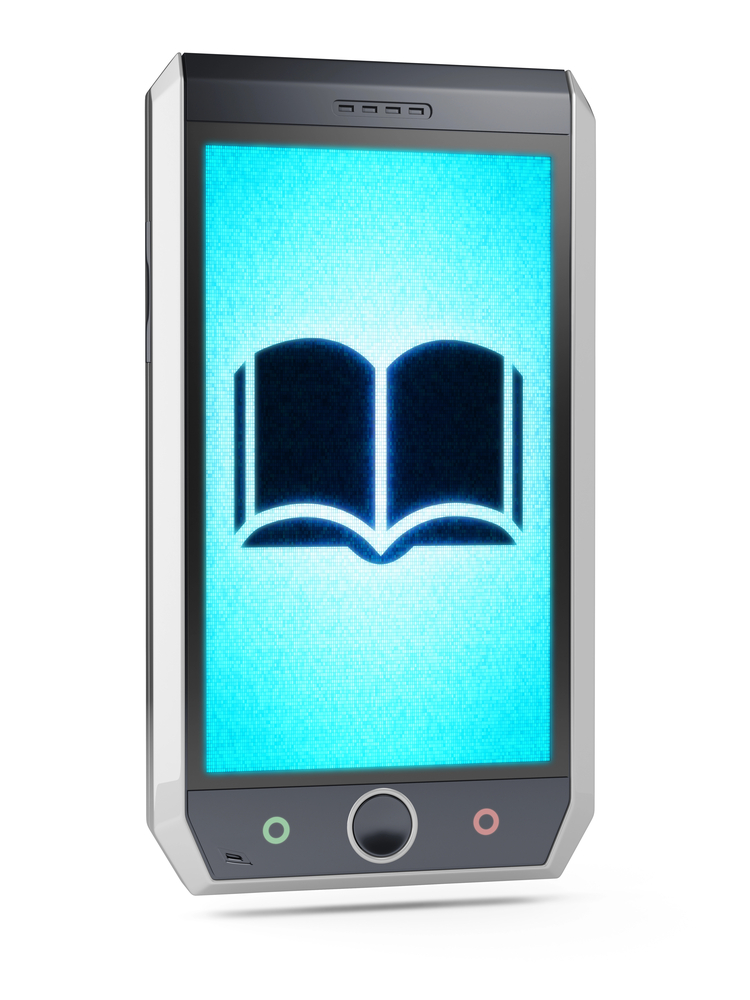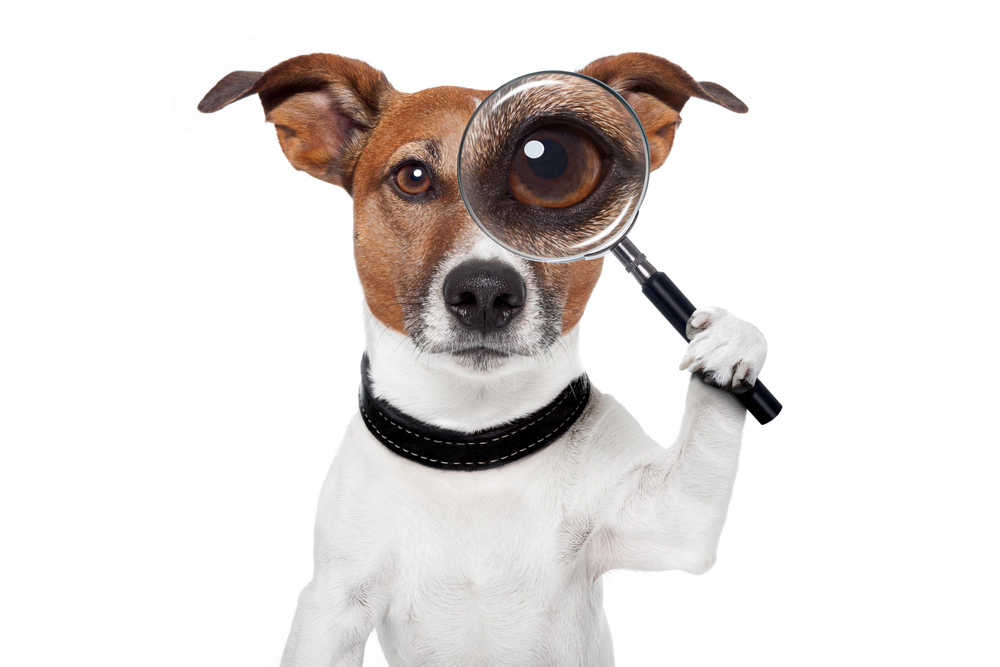
Dyslexia is a neurodevelopmental condition affecting language processing which often poses unique challenges for individuals when it comes to reading. Ever wondered about the techniques and strategies that people with dyslexia use to navigate the written world.

Understanding
Dyslexia is not a reflection of intelligence; rather, it’s a specific learning difference that impacts the way the brain processes written language. Individuals with dyslexia may face difficulties with decoding words, spelling, and fluency, but they also bring unique strengths to the table, such as strong problem-solving skills and creative thinking.
There are many famous people who have turned this so-called barrier into a challenge and done wonderful deeds. According to dyslexia.com, business leaders such as Richard Branson and Henry Ford and writers such as Agatha Christie were dyslexic. One of our co-founders, Allan Parker OAM, is dyslexic. Allan has achieved much in his career by using dyslexia as a tool to further his career. He didn’t let it beat him.

Audio Strategies
Audio strategies are as simple as listening only during school Allan talks about finding the smartest people in class and listening to them talk about what was being taught. Being involved in these discussions was a great way to learn.

Visual Strategies
For many with dyslexia, the act of reading involves more than just decoding letters. Visual strategies play a crucial role, with some relying on memorization of whole words or phrases. Recognizing words by their overall shape and appearance can make reading a more intuitive and less strenuous process.

Font and Background
The choice of font and background can significantly impact the reading experience for those with dyslexia. Some find that certain fonts, such as Arial or Comic Sans, are easier to read due to their clear letter shapes. Additionally, using coloured backgrounds or overlays can reduce visual stress and enhance text visibility.

Audiobooks, Text to Speech
The rise of audiobooks and text-to-speech technology has
been a game-changer for individuals with dyslexia. Listening to content rather
than reading it visually allows for improved comprehension and enjoyment of
literature. Many find this method liberating, as it shifts the focus from
decoding written words to understanding the narrative.

MindMaps, Visual Aids
Seeing information through mind maps and visual aids helps individuals with dyslexia organize thoughts and make connections between ideas. This non-linear approach allows for a more intuitive understanding of information, making the learning process more accessible and enjoyable.

Conclusion
Understanding how people with dyslexia read opens the door
to a more inclusive approach to literacy. By recognizing and embracing diverse
reading strategies and tools, we can create an environment where everyone,
regardless of their learning differences, can fully participate in the joy of
reading.
